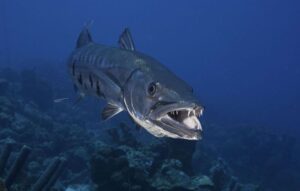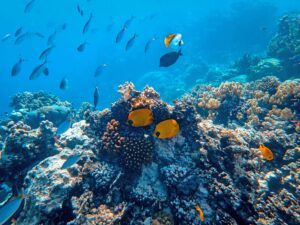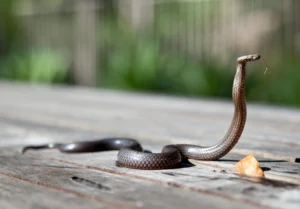The first animal on Earth
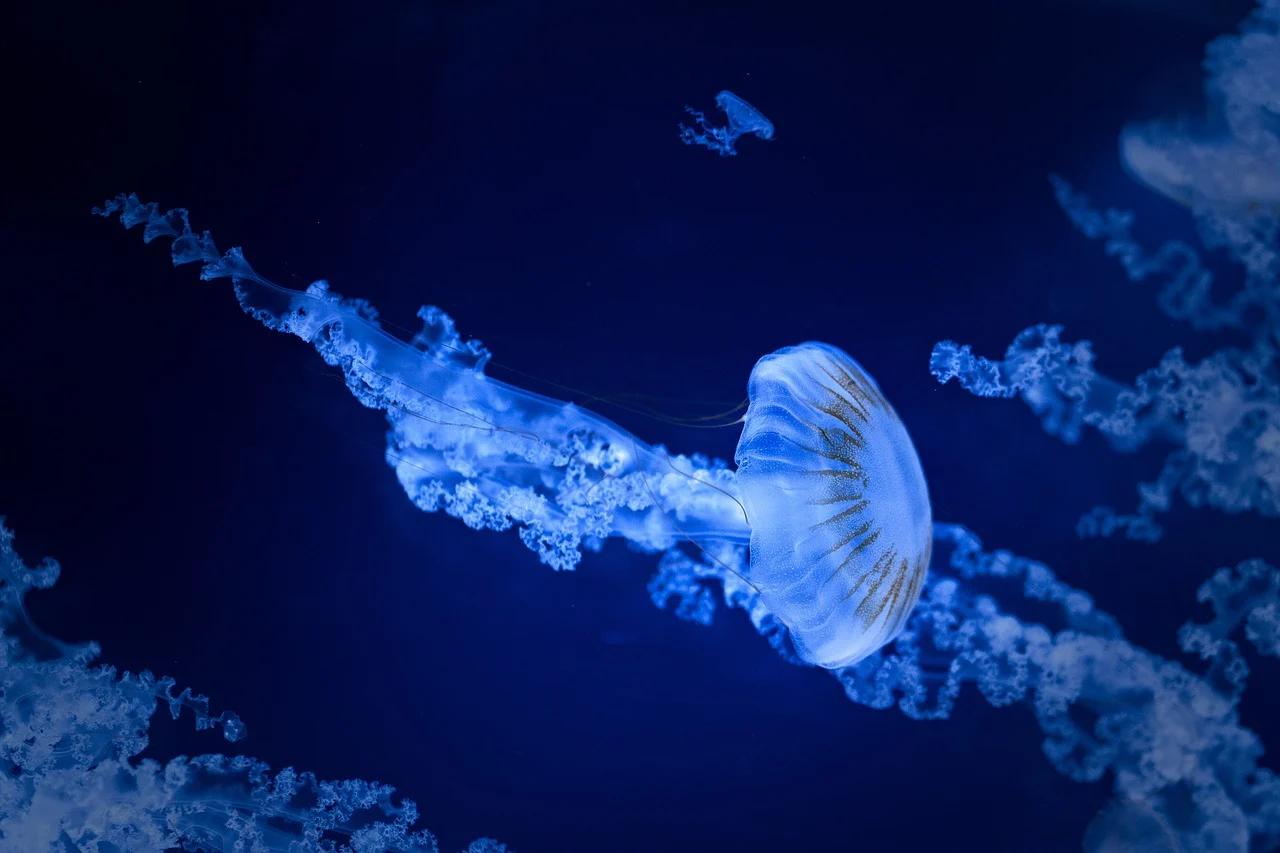
A new report published by a scientific journal revealed hypotheses that include a group of living organisms believed to be the first to inhabit the surface of planet Earth.
Dozens of different studies, which used everything from chromosome evolution to ancient fossils, have revealed two candidates for the oldest animal on Earth: sponges and jellyfish.
Some of the best information about early animals comes from fossils dating back to the “Cambrian,” which began about 541 million years ago. In the 1950s, the discovered fossils were identified as animal remains from the “Ediacaran” period.
The animals that lived during the “Ediacaran” period were mostly soft-bodied organisms shaped like blobs, such as cnidarians, which include creatures like jellyfish, sea anemones, worms, and possibly sponges.
It is extremely difficult to preserve soft tissues because they decompose more easily than bones or external structures. This means that the fossil remains of Ediacaran animals are not only rare but also more difficult to analyze. Perhaps the most famous of them is a worm-like creature called “Dickinsonia.”
Elizabeth Turner, a biologist at Laurentian University in Ontario, has presented what she proposes as the oldest known animal, a fossil sample of what she claims is a sponge that is 890 million years old. However, not everyone agrees with her hypothesis.
All the evidence mentioned about early animals so far comes from fossils found in rocks that can be dated radiometrically using their isotopes, which decay at a constant rate over time.
Recently, however, a new method has emerged that uses a model called the “molecular clock.” Based on the assumption that genes mutate at a constant rate over time, scientists can analyze the genomes of modern animals and trace them back to the time they first appeared.
A study conducted in 2023 using chromosomal data from modern ctenophores, also known as jellyfish, claims that they were the first known animals, appearing around 600 to 700 million years ago.
However, Nick Butterfield, a paleobiologist at the University of Cambridge, questions both theories. He said, “If there were animals 890 million years ago, we would see traces like biomineralization, where molecules from the organic matter of animals can cause the surrounding minerals to crystallize.” “But the earliest known biomineralization process dates back only 750 million years.”
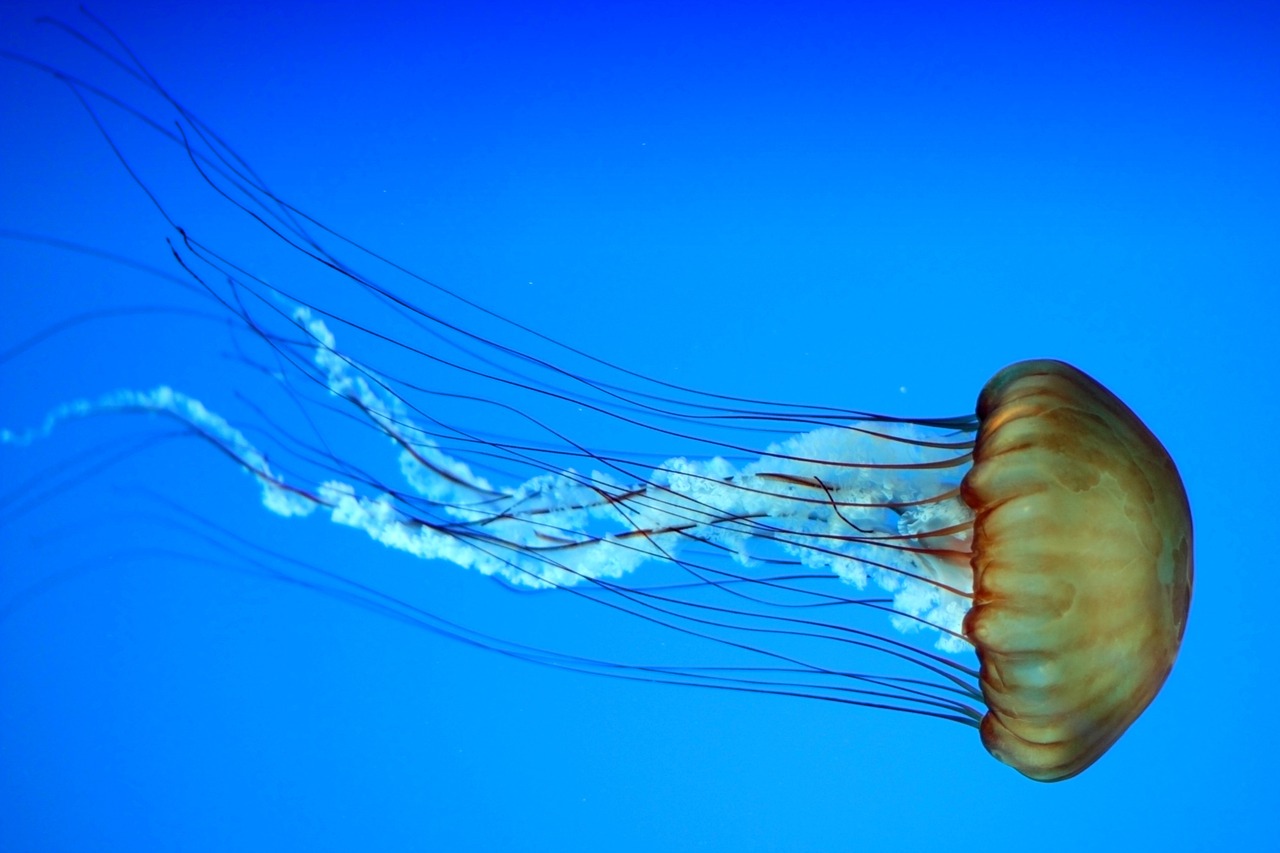
On the other hand, Butterfield is not sure whether the study conducted on comb jellyfish provides concrete evidence that jellyfish were the oldest animals. He said, “Molecular clocks do not provide data but rather offer hypotheses.”
Over the years, studies using different genes have reached conflicting results that support either jellyfish or sponges.
According to the research published in the scientific journal “Life Science,” even if jellyfish are the first animals, it is doubtful that they look the way they do now. As modern jellyfish have complex structures such as muscular and nervous systems.
